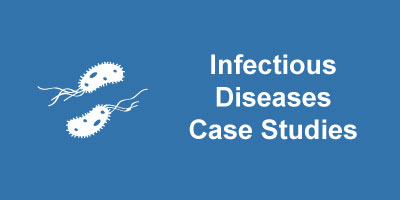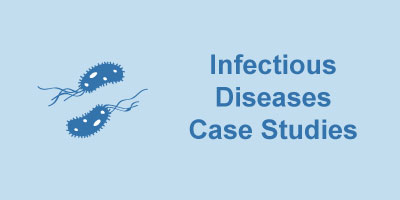Case Study 1 — Barbara’s dilemma: radiation therapy
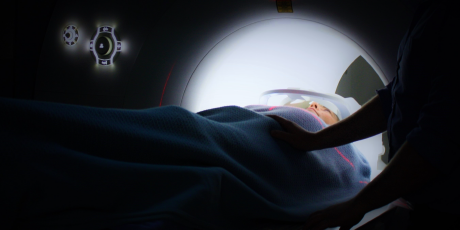
In this study, students must wrestle with the unknowns of science and medicine. After being diagnosed with breast cancer, a patient receives conflicting treatment suggestions from two different doctors. Students must evaluate the pros and cons to each treatment option to arrive at their own suggestion for the patient. In the lesson, students with no background in cancer will learn the very basics of what cancer is and how DNA repair proteins play a role in radiation treatment.
Download Case Study 1 here.
Case Study 2 — Fighting brain cancer with polio virus
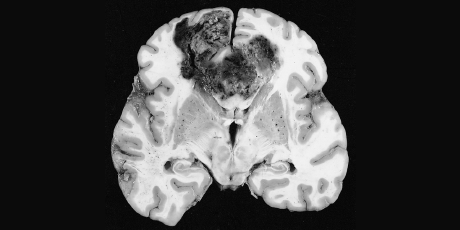
Glioblastomas are a very deadly type of brain cancer and the most common type of cancerous brain tumor in adults. Traditional therapies for cancer are surgery to remove the tumor, or using chemicals or radiation to destroy the tumor cells. These have not been very successful for glioblastomas because it is very hard to kill only the tumor cells in the brain, without damaging or destroying nearby normal cells. It is generally agreed that a goal for cancer treatment is to create drugs or treatments that can selectively target only the cancer cells, without harming the normal cells. The viral therapy described in this case study does just that. The virus is modified to enter and replicate within glioblastoma cells. Once inside, it replicates and sends a signal to the immune system. The cancer cells infected with this virus are now targets for immune destruction. This treatment is currently in phase I trials for safety. In this study, students will design and interpret experiments to evaluate the efficacy of this treatment.
Download Case Study 2 here.
Case Study 3 — Human papillomavirus (HPV) and cancer
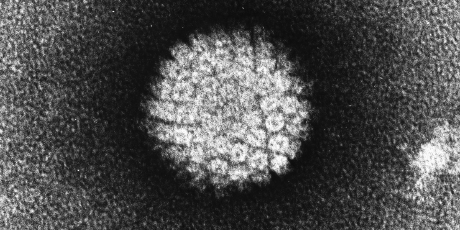
Human papillomavirus (HPV) is the most common sexually-transmitted infection in the U.S. Infection is usually cleared by the immune system but can lead to cervical cancer, genital warts, and other cancers. A vaccine administered prior to the first sexual encounter can prevent infection; screening can detect abnormal cells so they can be treated before developing into cancer. In this study, students make predictions and compare these predictions to actual data. They then synthesize different data sets to construct an explanation for current Pap screening recommendations.
Download Case Study 3 here.
Case Study 4 — Smoking and cancer

In this study, students are introduced to the various types of studies that have contributed to establishing a definitive link between smoking and lung cancer. The case focuses on design features of one type of study—a population study. Students will design a study, then discuss aspects of certain design decisions. Finally, students will have the opportunity to re-design and predict results from their study. At the end, students compare their predicted results to actual data collected over the last century.
Download Case Study 4 here.
